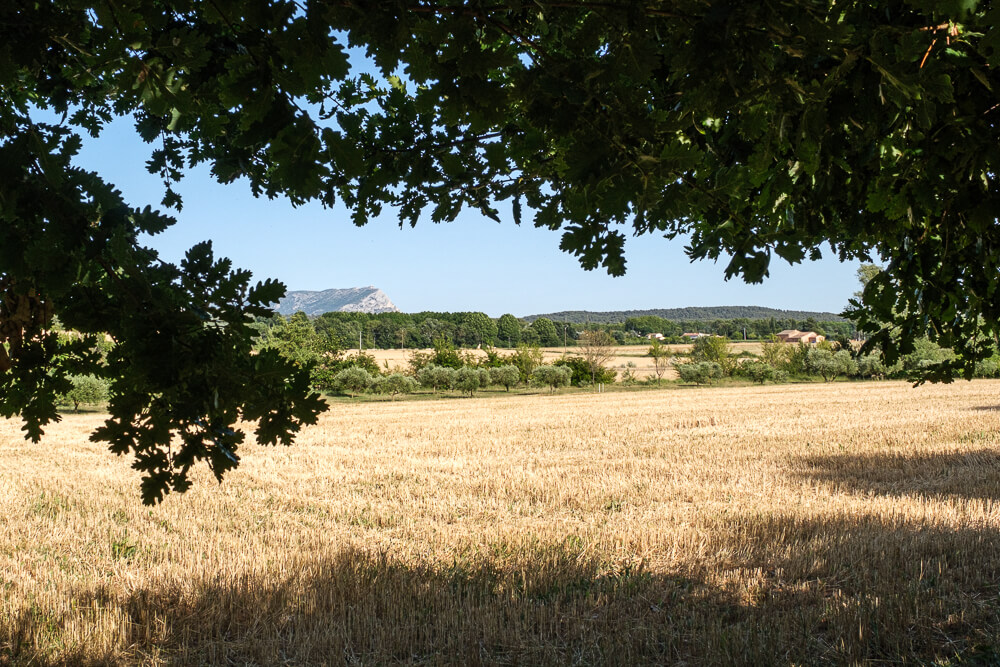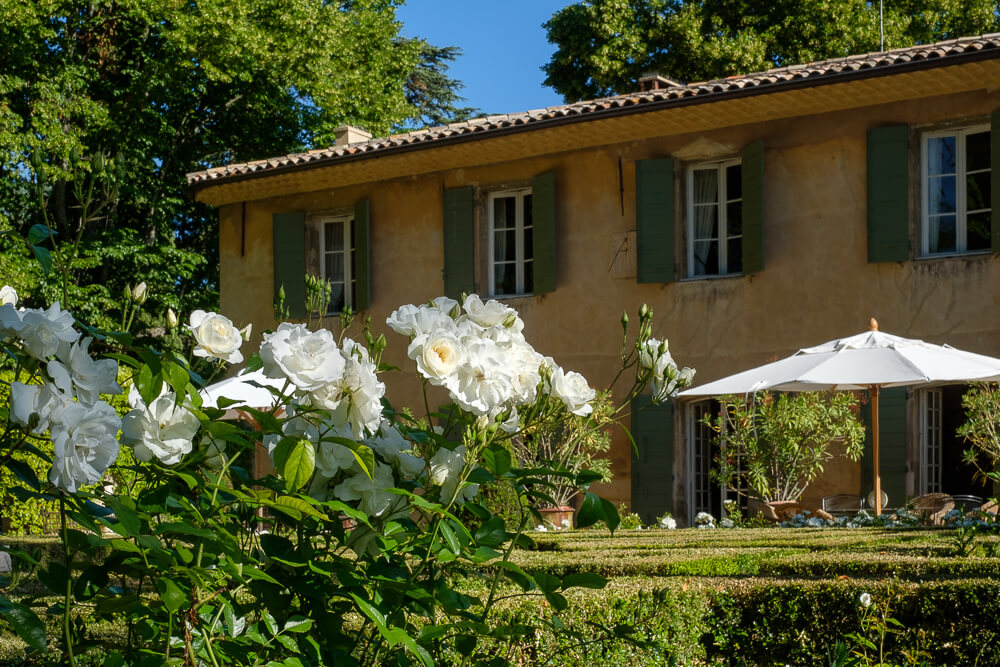The property
A new unpublished history !
The main stages of the creation of the property
1564

Vines Purchasing
Michel Rouilhe, a master tailor, purchased the first vineyard in the « Pierre Plantade » district which gave the name to the property and around which the estate was to develop. He continued buying land for nearly 30 years, building walls to protect his crops and storing the wine in his house on Rue Droite in Aix-en-Provence.
1604-1696

First building & continuation of constructions
His first house, built in 1604, was modelled on the residence of his neighbour Jean Sala, Controller of the Chamber. Although it was designed as a country home, the house was ornamental in style and boasted a genoise overhang.
The grain threshing floor was built shortly afterward, to serve the prosperous farm.
But the family’s money ran out and they sold the house to the Dupont family, members of the Aix parliament, who in turn sold it in 1640 to two craftsmen: Honoré Vigne, a barrel-maker, and his son-in-law Noël Martin, a master shoemaker.
The building was in poor condition. It was not until 1696, when Noël’s grandson François, the first parliamentarian of the family, was grown up, that major works were carried out.
The present house and farm were built at that time, and almond trees, an apiary and a kitchen garden were added to the farm.
1724-1795

The name of Romegas
In 1724, after the marriage of François’ daughter Anne-Rose to Nicolas de Romégas, the estate passed to the family from which it takes its name. The gardens were enlarged and enhanced: mulberry trees were grown, and a silkworm nursery, a chapel, a wheel-operated well and a fishpond were built.
The kitchen garden provided garlic, marrows, melons, onions and water-melons.
Nicolas’ death was followed by a dark period which culminated in the Revolution, and the estate was confiscated as State property after the emigration of Joseph-François de Romégas, who died in Venice a few years later.
In 1795 it was bought by Jean-Alexis Mignet, a master-locksmith. All the plantings had to be renewed.
The renovation was spectacular
1820 - 1884

Evolution of the domain
The estate grew from two hectares to more than sixteen in 1820 at Mignet’s death, when he left it to his son-in-law, Etienne Michel. This was when the tèse* was created and the tall Aleppo pines planted.
The last major restoration of the buildings began in 1870, under the attentive management from Paris of François-Auguste Mignet, son of Alexis, a famous historian and a member of the Académie Française who took a keen interest in the history of the property.
The building adjoining the owner’s house, which until then had been the farmer’s lodging, now became the writer’s study. where he regularly came to work in the family home until his death in 1884.
* tèse : a place where women and children used to catch birds.
1960 - 2011

From post-war to today
The present parterre was laid out in front of the new façade. And then the property was largely abandoned with the two wars. From 1960 onwards new trees, such as cedars, were planted as part of an energetic restoration programme, and the property became a main residence in around 1985.
It is a listed historical monument, and since 2000 its present owner, a direct descendant of the Mignet family, has opened the gardens to the public.
Awarded the « Remarkable Garden » label in 2011, the site is carefully maintained by Loïc and Jérôme Ducastel, faithful to its origins as a country house.
